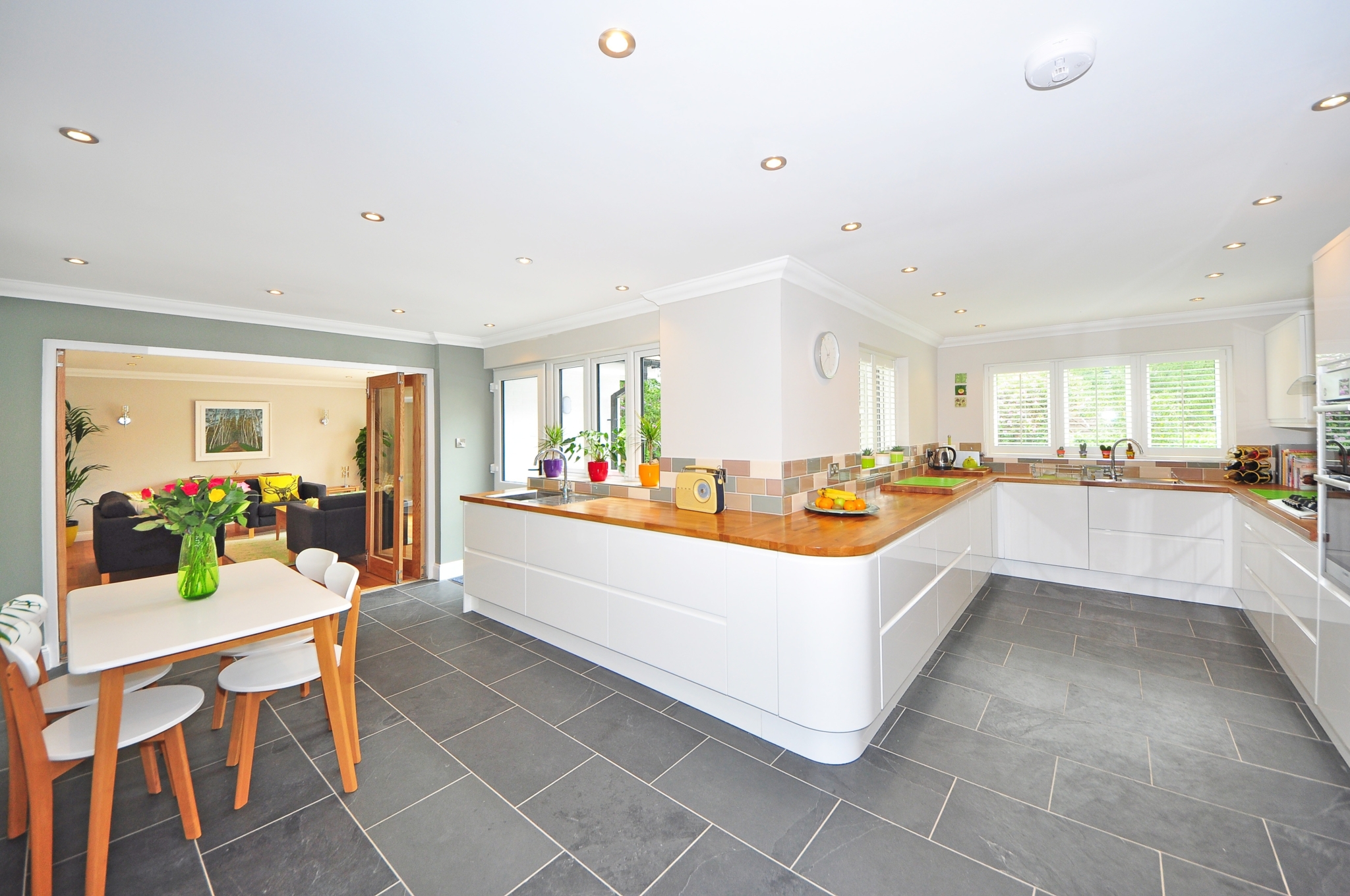
The importance of energy efficiency in homes becomes more acute by the day, as a more socially-conscious market continues to look for ways to reduce its carbon footprint. Fortunately, sustainability can be achieved in style, thanks to the many innovative building materials designed with energy efficiency in mind.
When building a contemporary home, consider any of these low energy use materials for which buyers are sure to be on the lookout.
Composite Roofing Tiles

The roof is an important component for regulating a home’s energy consumption. After all, if a roof develops air or moisture leaks, it can cause the HVAC system to work overtime and lead to structural damage that requires expensive and energy-consuming repairs.
While some common materials, such as clay tile or metal shake roof, are good options for protecting your home, they do not come without some drawbacks in terms of energy efficiency. Clay can crack as it becomes more brittle with age, leading to the aforementioned air and moisture leaks, while metal roofs readily transfer heat into a building.
A better alternative would be to use composite or synthetic roofing tiles on your home. Composite roofing allows you to choose from a multitude of designs that are nearly indistinguishable from natural options, all while providing the best insulation and impact resistance on the market, ensuring that your home stays airtight and energy-efficient for years to come.
Bamboo Floors

Although fabricated from engineered grass, bamboo floors rival traditional hardwood floors in terms of aesthetics and durability. They allow the homeowner to cut the cord with vacuums and shampooers required for carpeted spaces, making cleaning possible with a mop and mild soap.
Another major energy savings with bamboo floors comes during the production process. Compared to the production of timber, it takes a fraction of the resources to cultivate, harvest, and re-grow a bamboo crop, making it one of the most sustainable building materials on the market.
Insulated Concrete Framing
The building envelope is everything that keeps the exterior, unconditioned atmosphere separate from the interior, conditioned environment and is essential for managing the energy use in a home. To this effect, there is arguably no aspect of the building envelope more essential than framing when it comes to energy use.
While most homes have traditionally been framed with oriented strand board panels, contemporary builders are increasingly exploring insulated concrete forms as a framing solution. Some of the key features of insulated concrete framing include:
- Elite resistance to severe weather
- An airtight design that eliminates cracks and other imperfections in the home’s frame
- High thermal mass, as heat is readily absorbed by the frame and slowly radiated throughout the interior, allowing for better control of interior temperatures
Ceiling and Wall Insulation
It is common knowledge that insulation is a key component of an energy-efficient home. However, most homeowners automatically choose some kind of blow-in fiberglass or fiberglass batt product, thanks to its wide availability at most home improvement stores. The problem is that air can readily pass through older puffed-up fiberglass batts. In addition, fiberglass does not perform well when introduced to moisture.
A superior choice may be polyiso insulation. This product has the highest R-value (a measure of a material’s resistance to heat transfer) on the market and has a durable foam core that is resistant to moisture, ensuring that any air or moisture introduced to the building envelope will not reach the home’s interior.
Solid Surface Countertops
The industrial look is having a renaissance in many contemporary bathrooms. Exposed pipes, industrial plumbing fixtures, and rugged tile are creatively being combined to give bathrooms a throwback, “less-is-more” type of look.
According to Houston home remodeler, Steve Lyon, to complement this industrial appearance, solid surface materials make a great option for countertops, sink troughs, or vanities. Solid surface is durable, nonporous, and can be fabricated in a number of designs to match the aesthetics of the space.
Conclusion
Contemporary homeowners are increasingly looking for ways to lower their residential energy use. As such, it is vital to highlight energy-efficient features when listing a property. By considering the low energy materials listed above, your home is sure to meet the energy-saving goals of the modern market.
Skylar Ross is a contributor to the Innovative Materials blog. He is a content writer for the construction and home improvement industries with an interest in landscaping, outdoor remodeling, and interior design. Skylar is focused on educating homeowners, contractors, and architects on innovative materials and methods of construction that increase property value, improve sustainability, and create a warm and welcoming ambiance.
